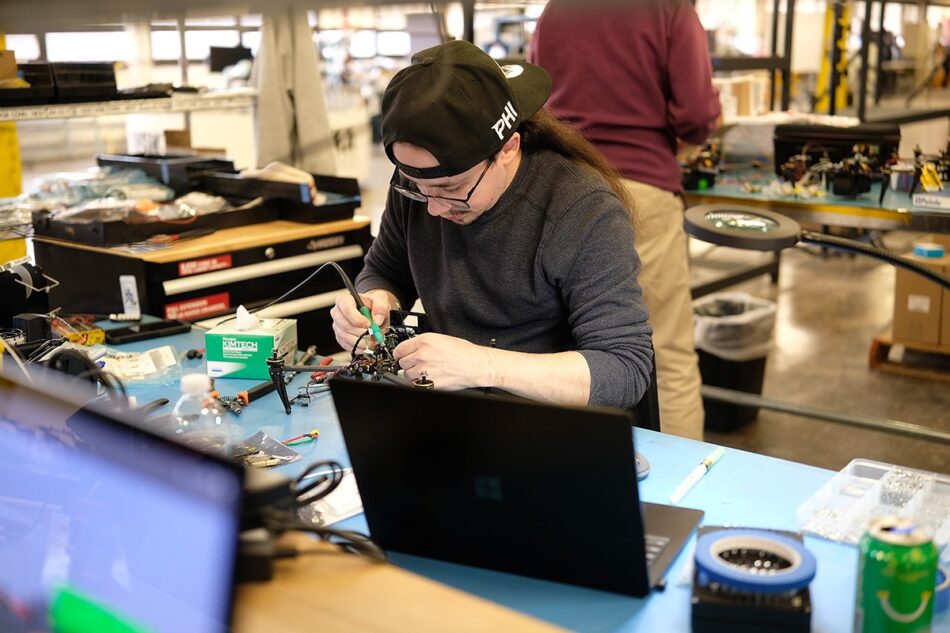Artificial intelligence is reshaping how the world sees and analyzes information, and one of the most visible applications is the AI Camera System. From public safety to retail, and from manufacturing to transportation, AI-powered cameras are no longer futuristic tools—they are practical solutions being deployed at scale. Yet, while the adoption of these systems is accelerating, organizations around the world are facing both opportunities and challenges in their deployment.
The Global Rise of AI Camera Systems
In the last decade, cameras have evolved from passive recording devices into intelligent vision systems capable of analyzing behaviors, detecting anomalies, and making real-time decisions. Governments are using them for smart city initiatives, businesses are leveraging them to enhance customer experiences, and manufacturers are integrating industrial AI cameras into production lines for precision monitoring.
This rapid global adoption highlights two things: the enormous potential of the technology, and the pressing need to address the hurdles that stand in its way.
Key Opportunities for AI Camera Deployment
1. Strengthening Security and Surveillance
One of the biggest opportunities for AI camera systems lies in public safety and security. Traditional CCTV systems require human operators to review footage, which is time-consuming and error-prone. AI-powered cameras, however, can detect unusual activity instantly, identify faces, and even alert authorities in real time. For countries with growing urban populations, this is a game-changer.
2. Enhancing Industrial Operations
In industrial environments, downtime and defects can be extremely costly. Industrial AI cameras are being deployed to monitor equipment, detect irregularities, and prevent breakdowns before they happen. For example, in automotive manufacturing, AI cameras can spot quality issues on assembly lines with greater accuracy than the human eye. This leads to higher productivity, reduced costs, and better safety for workers.
3. Driving Smart Cities and Transportation
AI camera systems also play a central role in smart city development. From managing traffic congestion with real-time data to improving road safety by detecting reckless driving, these systems allow governments to build safer, more efficient cities. The ability to collect and analyze video data at scale provides actionable insights that were once impossible.
4. Improving Retail and Customer Experience
Retailers are using AI cameras not just for security, but also for customer behavior analysis. These systems can track customer journeys within stores, measure foot traffic, and even personalize shopping experiences. The opportunity for businesses to align operations with customer needs is immense.
Major Challenges in Global Deployment
While opportunities abound, the deployment of AI camera systems faces significant obstacles that must be addressed.
1. Privacy and Ethical Concerns
The most pressing issue is privacy. Many countries have strict data protection laws that govern how video footage and biometric data can be collected and used. Deploying AI camera systems without addressing these concerns can lead to public backlash and even legal consequences. Finding the right balance between security and privacy remains a global challenge.
2. High Implementation Costs
The upfront investment required for AI camera systems including hardware, software, and integration—is still high. For developing countries or small businesses, this can be a barrier. While costs are expected to decline as the technology matures, affordability remains a roadblock for widespread adoption.
3. Infrastructure and Connectivity Issues
AI cameras rely heavily on high-speed internet and cloud infrastructure for real-time processing. In regions with weak connectivity, deployment becomes difficult. Without robust infrastructure, the potential of AI-powered cameras cannot be fully realized.
4. Standardization and Interoperability
Another challenge is the lack of global standards for AI camera systems. Different vendors may use different algorithms, making it difficult for systems to integrate seamlessly. This fragmentation slows down adoption and increases long-term costs for organizations.
5. Ethical Use of AI in Surveillance
Beyond privacy, there are concerns about how AI-powered surveillance might be misused. For example, bias in facial recognition systems has been widely reported. Without strict ethical frameworks, there is a risk that AI cameras could reinforce inequality or be used for mass surveillance in ways that harm society.
The Way Forward
Despite these challenges, the global momentum behind AI camera deployment is undeniable. The key to successful adoption lies in responsible innovation:
- Governments need to create clear and balanced regulations.
- Businesses must prioritize transparency and accountability.
- Technology providers should focus on building interoperable, cost-effective, and ethically sound solutions.
Collaboration between policymakers, businesses, and technology developers will be essential in ensuring AI camera systems achieve their full potential without compromising fundamental rights.
Conclusion
The future of AI camera systems is bright. From improving urban safety to transforming manufacturing with industrial AI cameras, the opportunities are vast. However, the road is not without its obstacles. By addressing privacy concerns, reducing costs, and building stronger infrastructure, the world can unlock the true power of intelligent vision systems.
As more organizations embrace these technologies, the conversation should not only focus on what AI cameras can do, but also on how they should be used responsibly. Companies like Hellbender are playing a role in pushing the boundaries of innovation while ensuring that AI-powered solutions remain practical, ethical, and impactful on a global scale.








